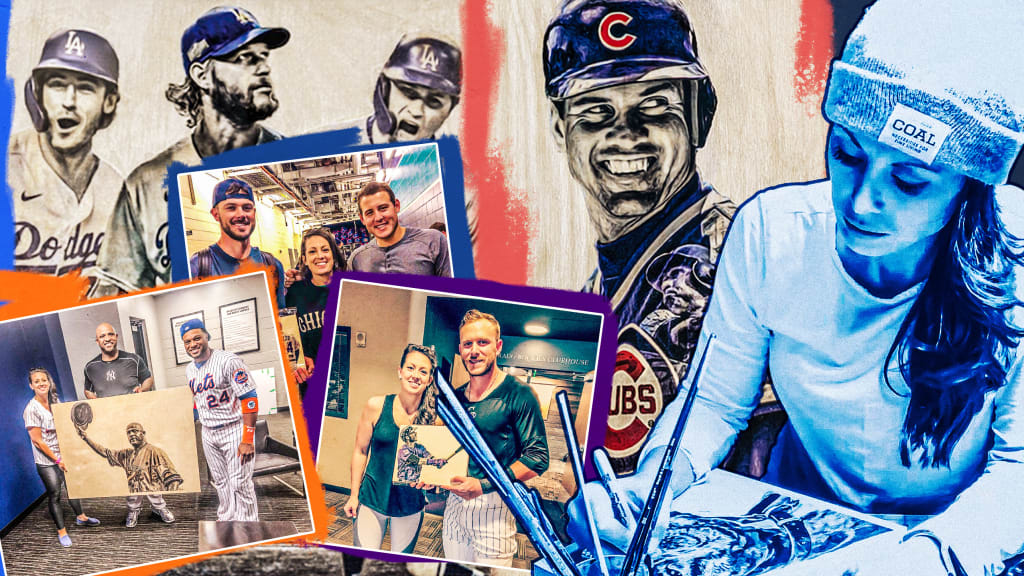
It dropped on Monday afternoon: An Aaron Judge card by artist Lauren Taylor that is unlike anything you’ve seen on a Topps baseball card before. It features Judge -- on a birchwood background -- shouting in celebration as the slugger's uniform acts as a kind of projection screen for the entire team and city's history that led to this moment.
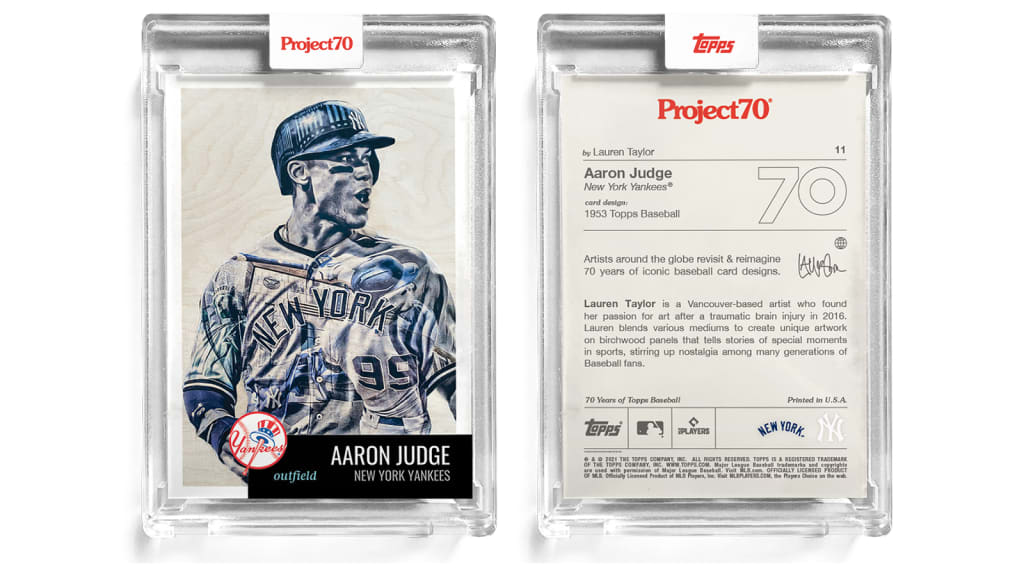
“If it's a player like Aaron Judge, I think, ‘OK, what about Yankee history?’ Because the Yankees are so much about the history of the Yankees -- they've been around forever,” Taylor told MLB.com before the card’s release. “So, I started thinking about the facade that's around the fence. I want to incorporate that in there. How do I tell a story about New York, and the history behind the Yankees while also using an exciting new player like Aaron Judge?”
This would be a moment of triumph for any artist: Their work showcased in Topps’ premier baseball-meets-art showcase, Project 70.
But for Taylor, it was so much more. It all started with the darkest moment of her life.
----
Taylor was an exceptional athlete, attending Wenatchee Valley College on a fastpitch scholarship. It’s how she defines herself, it’s that athletic background she draws upon when facing challenges. She wants to bear down, fight harder, sweat a little more. It’s served her well in the quick ascent through the baseball art world.
But that didn't start until one terrible swing of the bat in 2016.
She was at third base during a competitive co-ed softball game when a line drive was smashed her way. She didn’t get her glove up in time.
“I was knocked out,” Taylor said. “I obviously couldn't tell you exactly how long, but from what I understand from people around me, they said it was around five minutes. When I did come to, I couldn't open my eyes. I knew I was facedown in the dirt, but I didn't really know much else. My face felt warm, so I knew I was bleeding.”
The fire truck arrived first. The ambulance almost an hour later. She was given a neck brace and taken to Langley Memorial Hospital, and when she arrived her eye had swollen shut. They took an X-ray, noticed nothing wrong, and sent her home -- her discharge note reading, “Go home with male companion and ice.” She was given no painkillers, and there was no concussion protocol or follow-up care recommended.
Taylor’s fortunate, though. That male companion was her then-boyfriend, a boxer who knew something about head injuries. He told her, "This is a bad head injury. You can't go to sleep."
So, they followed concussion protocol despite no instruction to do so.
"He kept me awake most of the night, and by that point, the pressure in my head was so bad," Taylor remembered. "I was very sick.”
She sent a photo to her primary care doctor the next morning, her eye swollen and bruised a deep purple. They quickly told her to come in for a CT scan. It was then that they found four fractures and that her retinas had hemorrhaged.
“It was a traumatic brain injury, basically,” Taylor said.
It’s a struggle she’s living with even today -- four years removed from the injury with countless appointments and procedures along the way. This past summer, she found her teeth getting loose on the right side of her face. One more CT scan later and it was revealed that there was another untreated head fracture.
“Basically, my jawline was receding, and the roots of my teeth had been fractured as well. So they didn't have enough bone to hang on to," Taylor said. "I had six surgeries this summer, gum grafts and bone grafts."
It’s cost her over $90,000 in out-of-pocket expenses and friends have launched a GoFundMe to help defray the costs.
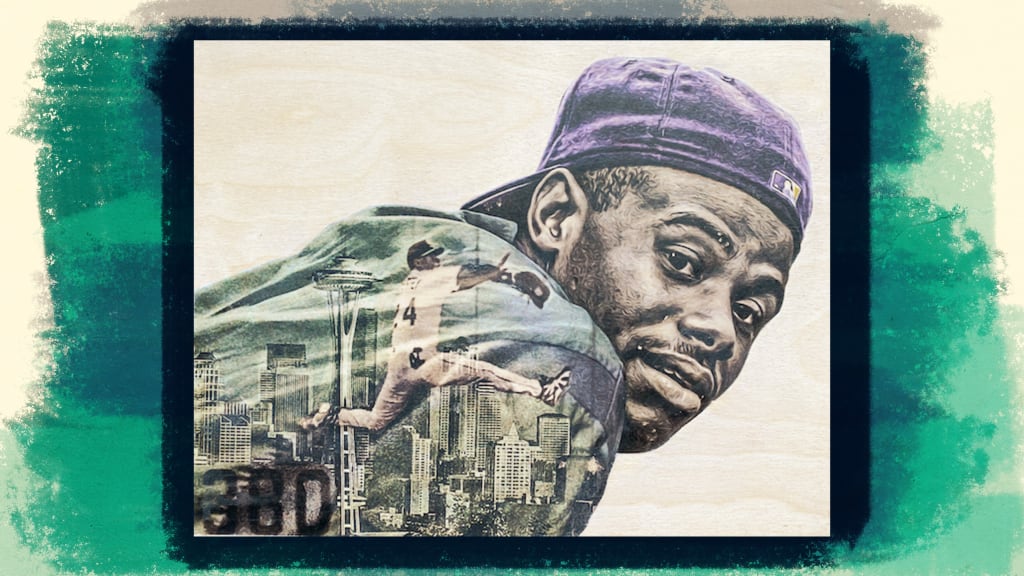
It wasn’t just the physical effects of her injury; there were mental scars, too. Taylor had experienced anxiety in high school, but now it was different, the panic attacks sudden and more intense. She struggled with a deep depression -- something she had never experienced before. She had difficulty eating.
“I was having all these ongoing issues,” Taylor said, “and I still have them with balance and vestibular stuff, headaches. I was getting really bad migraines and that also exacerbated mental health things. I was experiencing really weird and significant depression, anxiety, panic attacks, and had no real help throughout any of it.”
Taylor had previously dabbled in art as a hobby, so she started up again. It didn't matter that the only C she got in college was in art -- this was going to be just for fun.
She started slowly. She made gifts for friends. She even had a gallery show of local sites in Vancouver. She found that working on art brought her a sense of peace and calm that she hadn’t found since her injury. When she started to incorporate sports -- baseball in particular -- she stumbled on her muse.
"I was trying to find my identity again, because like most athletes, once you're no longer an athlete, you're like, ‘What do I do?’ I don't have any idea how to live life as a person that's not constantly training,'" Taylor said.
She got her first break from Ryan Dempster. She had played beer league slow-pitch with one of his brothers, and asked him if he would like a piece of art. So, when Dempster came to town for his induction into the British Columbia Sports Hall of Fame, she gave him the print and picked up a cool signed jersey in exchange.
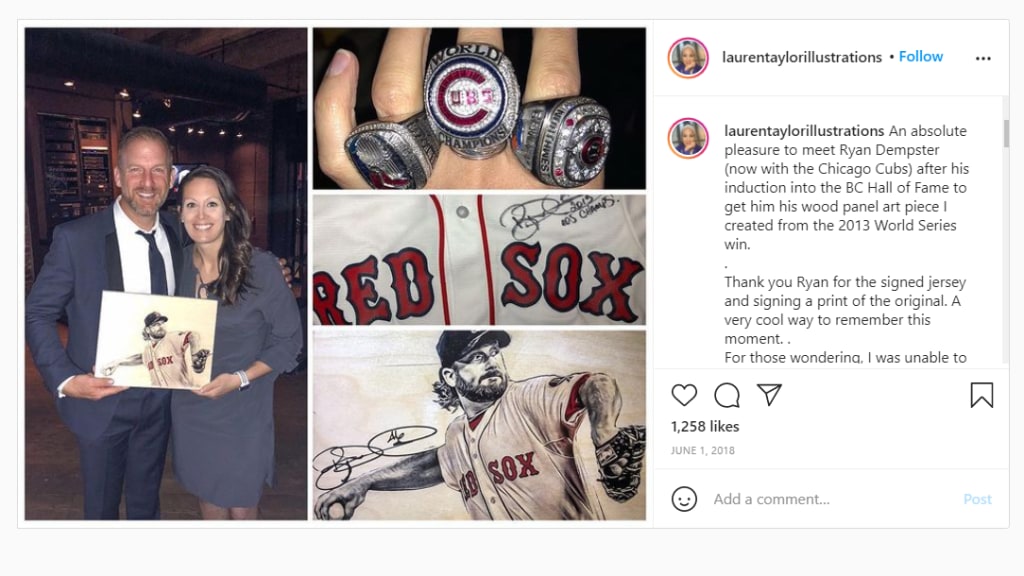
She did something similar the following week for James Paxton, this time using social media to get his attention. It worked and it sparked a competitive fire in Taylor.
"I saw the power of social media like, 'OK, that was exciting.' And it was that adrenaline rush I had gotten playing sports that was like, 'Can I reach these people? Can I get to the next level?'” Taylor remembered.
So, she buckled down and got to work, treating her art like she used to prepare for games. She earned her license from Major League Baseball and the MLB Players Association. She got her artwork in the hands of ballplayers, who loved how she captured their legacy in a single image. She hustled like a tech mogul on her social media accounts, racking up followers like runs in a blowout ballgame.
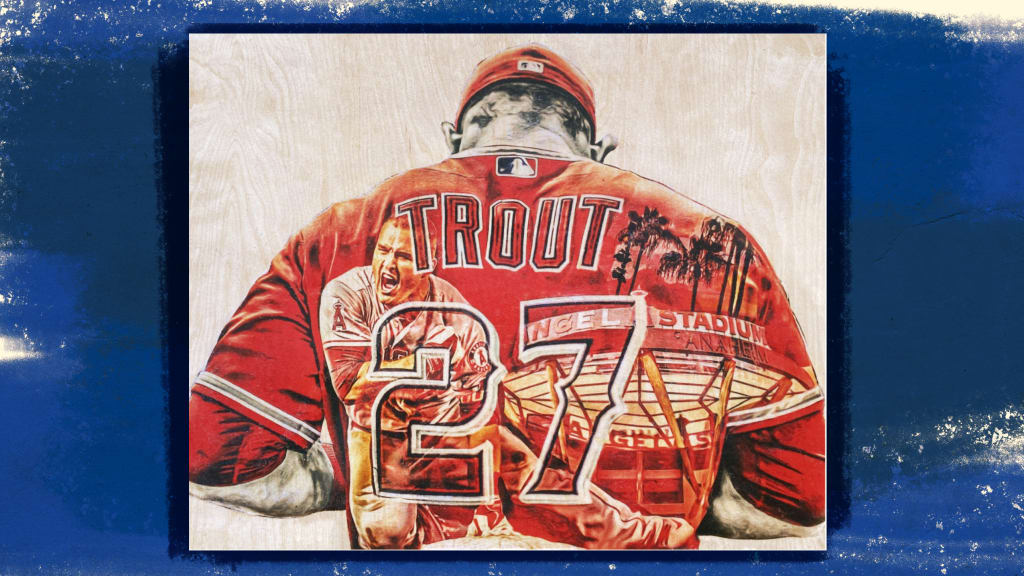
And then, she reached out to all the card companies to pitch her services.
One by one, they all turned her down, saying that her services weren't required and her talent wasn't exceptional. Only now, while working on Topps Project 70, was Taylor able to go back and read those original emails from the brand.
“I could just hear the disappointment and frustration in my responses -- trying to understand why [they rejected me] when I thought things were going so good,” Taylor said. “And suddenly they're telling me like, ‘Anyone in our design team could do this, they're not that special, blah, blah, blah.'"
She could have taken this as a sign: Her artwork wasn’t very good. It should remain a hobby. She should simply focus on her finance job and leave the art for a weekend hobby.
But that’s not Taylor’s way. Instead, she started trying harder. She pushed herself out of her comfort zone. Doing the portraits on birchwood were a nice touch to begin with, but that wasn't where it should end.
“[My style] used to be pretty basic, I would just try and copy a photo as close to it as I could," Taylor said. "There wasn't a lot of risk taking or creativity -- I would [take risks] in pieces when I was doing them privately and when they were more emotional. But now my goal is to tell a story with one image, one piece of art.”

After the PGA Tour bought one of her images and put it on the entire back fold of USA Today, she took it as a sign that she had elevated her work to that next level. On the flight home, and while she drank a beer to steady her nerves, she wrote her letter of resignation and was ready to pursue art full-time.
“I consider myself someone who found a craft that they did for so many hours and finally figured out how to make it look good,” Taylor joked. “And happens to be so afraid of failure that I just have not stopped trying to make this work.”

----
Though there is still so far to go with her recovery -- another surgery is scheduled later this week for a new graft on her maxilla, a bone in her jaw near the upper ridge of her nose that still needs to be repaired -- there are bright spots.
Taylor's used her position and voice to advocate for mental health and has reached thousands of fans with her message. She’s regularly donated her time to a suicide help hotline, and she’s spoken with players like Brian Johnson to remove the stigma around mental health in athletes.
She has a side project where she sends notebooks and baseball cards to as many kids as she can, so that they hopefully can find some peace in creative work.
And now, she's also a member of the very select group of artists asked to take part in Topps' Project 70, meaning she has gone full circle since those original rejections.
“There were days where I remember saying to my doctor, 'I don't know if this continues that I'd want to be around much longer. This is very confusing, very scary. I don't know what's wrong with me. I feel depressed all the time,'" Taylor remembered. “And then suddenly, I'm in a new apartment that I love. I'm doing what I love for a living, Topps has come to me, I've started to see some light at the end of this."
